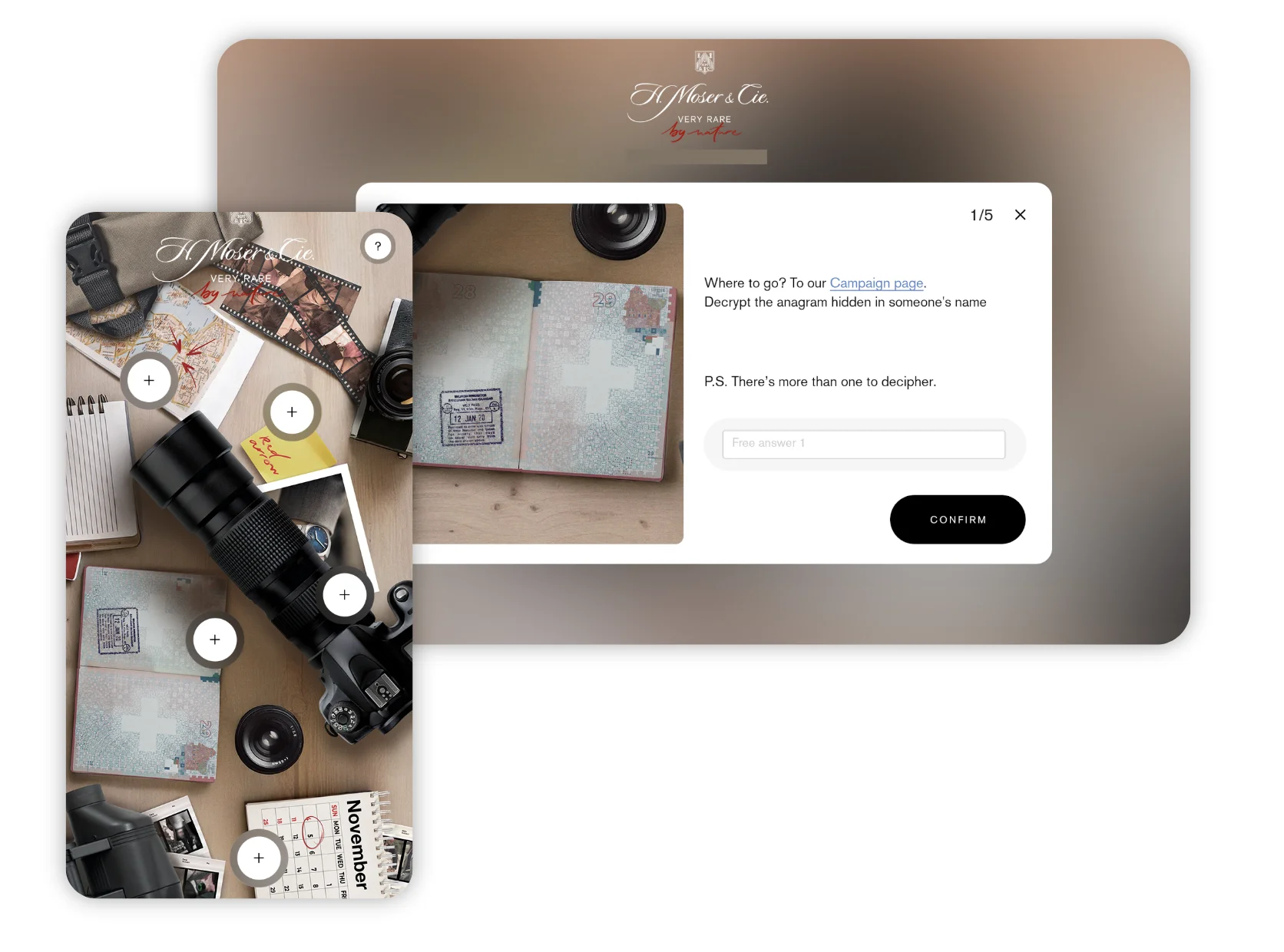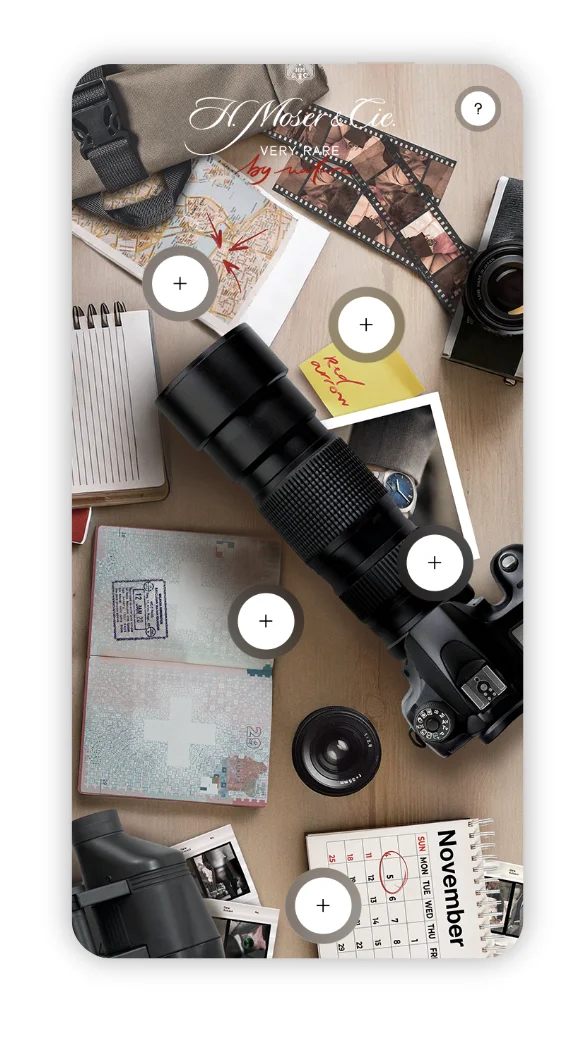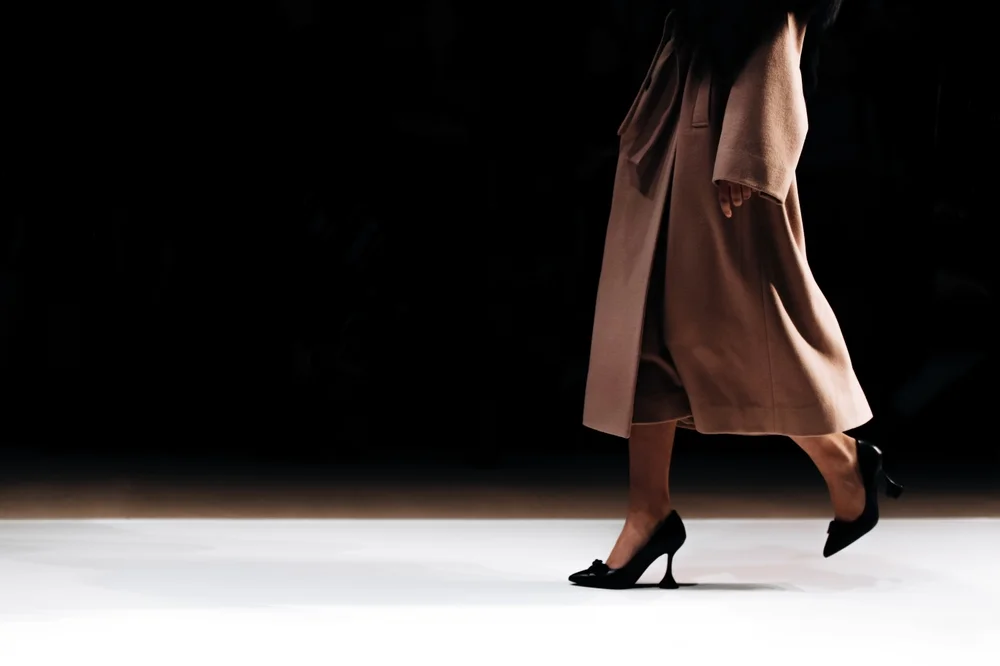Luxury marketing in France continues to show remarkable growth. Last year, the global luxury market reached a record value of €1.5 trillion, with estimated growth of between 8% and 10%.
Traditionally associated with exclusivity and exceptional craftsmanship, luxury is undergoing a strategic transformation. High-end brands are seeking to broaden their audience and build closer relationships with their customers while preserving their premium image. This evolution is reflected in the adoption of digital tools and innovative approaches, such as gamification, to enrich the customer experience.
This article explores how luxury marketing is adapting to this era through digital and interactive strategies. Through examples , we will explore how to revitalise luxury marketing while retaining the elements that define its value and identity.
The specifics of luxury marketing
Luxury marketing differs from consumer logic. It is a tool for promoting a brand universe based on exceptionality, emotion and heritage.
Storytelling is at the heart of this model. Each luxury brand cultivates a unique narrative rooted in history, expertise or an artistic vision. This approach, centred on the figure of its creator, feeds the imagination. It also helps to build a relationship with the public and set the brand apart.
Exclusivity linked to product scarcity, limited access to content or ultra-personalised services reinforces perceived value. It is a pillar of luxury branding, which requires moving away from traditional communication codes.
The customer experience is designed with perfection in mind. Every point of contact – physical or digital – must reflect the brand’s excellence. This translates into attention to detail, impeccable service quality and a sense of belonging to an exclusive circle.
How has digital technology revolutionised luxury marketing?
The rise of digital technology has transformed luxury marketing, prompting brands to rethink their strategies to meet the expectations of a young and connected clientele. Social media, influencer marketing, gamification and the metaverse offer opportunities to create proximity while preserving exclusivity and image.
1. Luxury marketing and social media
Social media is essential in luxury marketing, offering brands a space to tell their story, interact and make themselves accessible. These channels help strengthen branding by cultivating an aesthetic and showcasing the behind-the-scenes of a world.
Loewe used TikTok for a creative and bold content strategy. By adopting the cultural codes of the platform while maintaining its artistic direction, the Spanish brand has established itself with a young audience. This positioning has enabled it to strengthen its appeal without diluting its DNA.
For successful communication on social media, two levers have proven effective:
- Develop a consistent visual narrative: Each post should reflect the brand’s visual universe, both in terms of content and form. Visual consistency reinforces recognition and aspiration.
- Play on scarcity and immediacy: Utilise ephemeral formats (stories, live streams, drops) to reveal exclusive content or product launches, creating a sense of urgency. This approach reinforces perceived value, drawing on the principle of scarcity inherent in luxury advertising.
2. Gamification: an innovative way to engage audiences
In a world where every interaction is precise, gamification is a powerful tool for strengthening engagement without compromising image. By integrating playful mechanics into their communication, luxury brands create experiences that value interaction and customer relationships.
Moser & Cie, a luxury watchmaker, illustrated this strategy with a digital treasure hunt. Designed for enthusiasts, the campaign combined a quiz and exploration of the website, with clues hidden on the pages. This approach encouraged audience engagement and enabled the collection of qualitative data. It illustrates the power of gamification for customer loyalty.
To maximise the impact of this type of activation, two practices stand out:
- Align game mechanics with the brand universe: The game should never feel disconnected. It is most effective when it extends the narrative and aesthetic promise of the brand.
- Promote rewards through prestige: In the luxury sector, rewards are not measured in monetary terms. A VIP experience, exclusive access or a meeting with a craftsman can inspire loyalty. These rewards strengthen the sense of belonging and the emotional dimension.


3. Influencer marketing to humanise your brand image
In an environment where authenticity is becoming an expectation of new generations, influencer marketing is a strategic lever. Far from being limited to product placement, it humanises the brand, highlights its values and expertise, and establishes a sense of closeness with communities.
Dior illustrates this dynamic through its collaboration with Léna Situations. The content creator, who has a young and engaged community following, was invited behind the scenes at the fashion house to discover the expertise that has made Dior famous. By showcasing this encounter on Instagram, the brand has successfully combined heritage and accessibility, reinforcing its human dimension without compromising its image.
To integrate influence into a luxury marketing campaign, two key principles emerge:
- Collaborate with profiles aligned with the company’s values: Authentic collaboration is more important than audience size. It’s less about reaching the largest number of people and more about reaching the right communities.
- Create immersive content rather than promotional content: The formats that work best in the luxury sector are those that tell a story, reveal the behind-the-scenes of a creation, or convey an emotion.
4. The metaverse for an immersive customer experience
At the intersection of technological innovation and artistic expression, the metaverse opens up a new field of exploration for luxury marketing. These virtual worlds allow brands to offer unique, immersive and spectacular interactions without physical constraints.
Gucci is a pioneer in this field, with several initiatives in the metaverse. These include the creation of the Gucci Vault on The Sandbox and an immersive fashion show in Roblox via the ‘Gucci Garden’ experience. This virtual pop-up allowed visitors to explore themed pieces and purchase limited-edition items for their avatars.
To integrate the metaverse into a luxury marketing campaign, two best practices stand out:
- Design experiences aligned with brand aesthetics and storytelling: The metaverse should not be treated as a gimmick, but as a creative and coherent extension of the brand universe.
- Combine rarity and interactivity: Offering experiences that are accessible for a limited time or reserving certain content for a select community reinforces the exclusive nature of the experience. Interaction creates a strong memory, generating brand loyalty.
Conclusion






